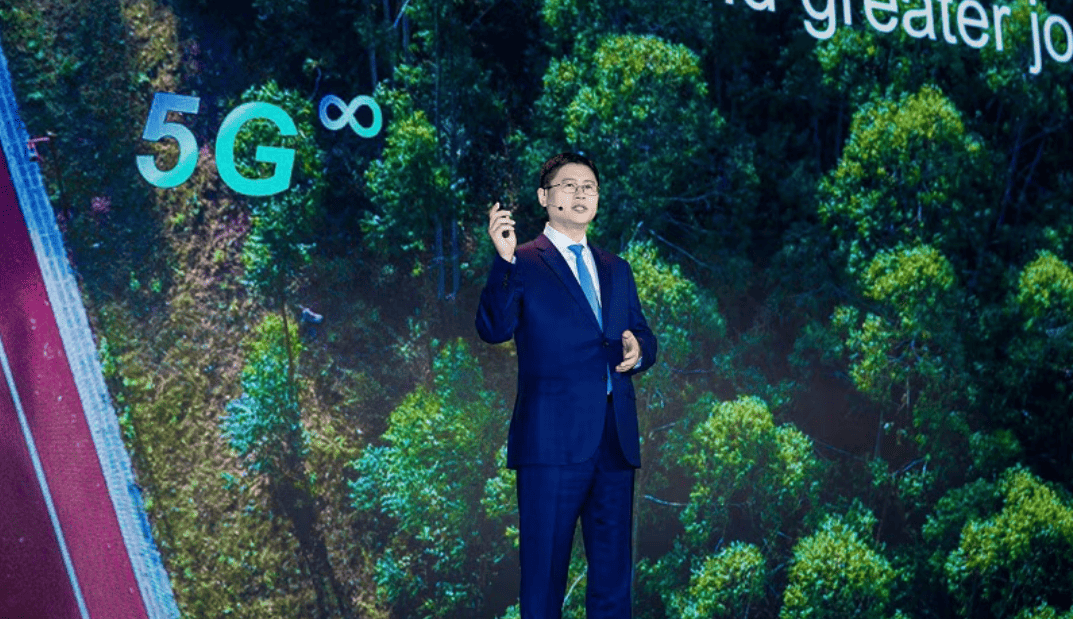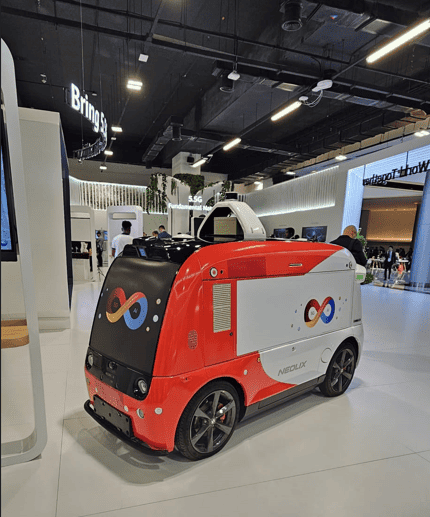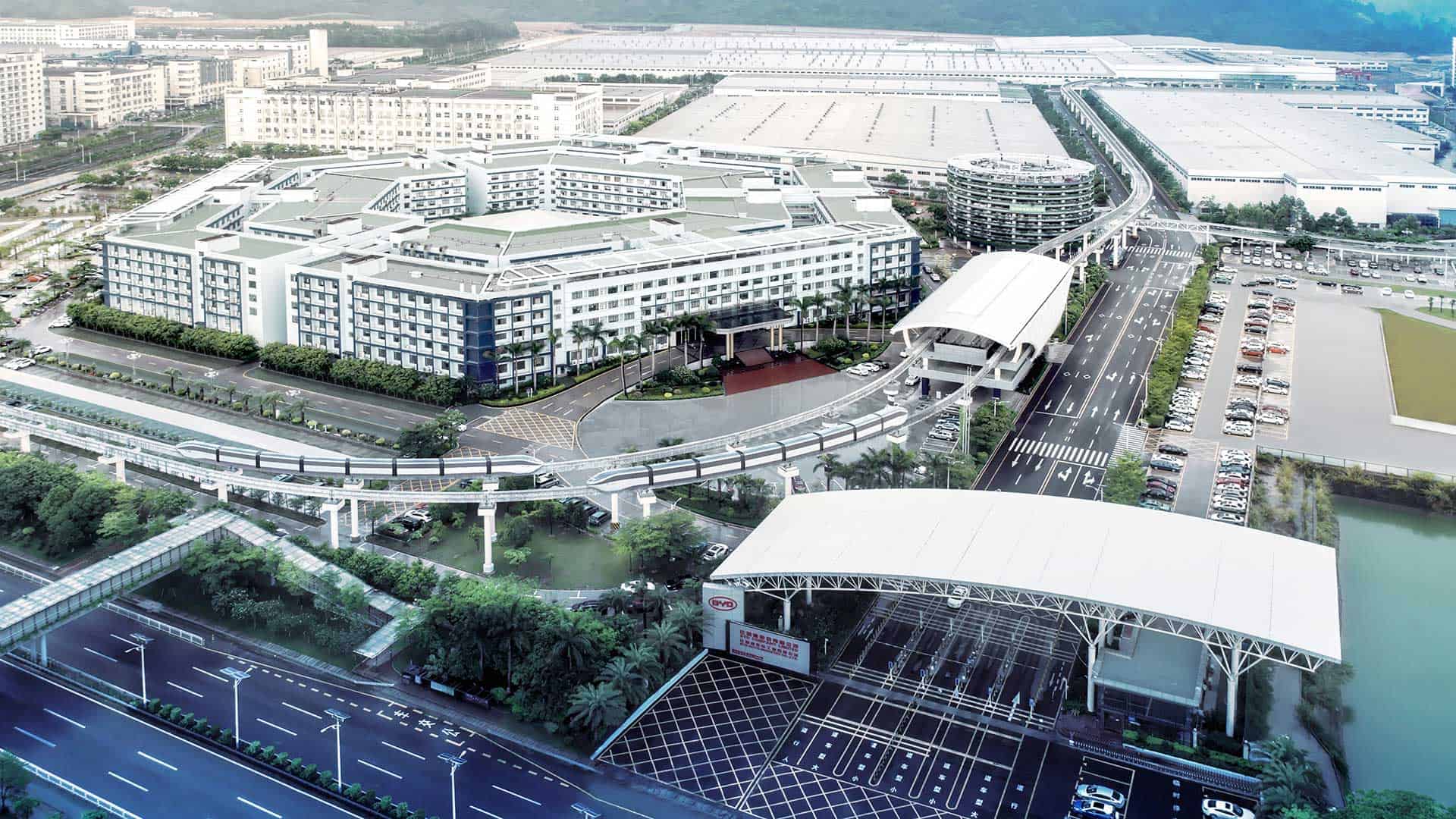
While nearly the entire world – except for China – is still busy rolling out 5G, the race for 6G has long since begun. Huawei clearly shows its desire to lead the way at the fourteenth edition of the Global Mobile Broadband (MBB) Forum. The conference, themed “Bringing 5.5G into reality,” took place this week in Dubai, and we were there to report on it.
- On the MBB Forum, Huawei showcased it’s 5.5G technologies;
- Autonomous vehicles and passive IoT are two examples of areas in which there is a significant role for 5G;
- Huawei faces increasing resistance in Europe, while finding success in Middle-Eastern countries.
Tswana, Chinese, Arabic: it’s a cacophony of languages at the JAFZA One Convention Center. A wide range of nationalities are represented at the MBB forum; the number of European guests is outnumbered. Not surprisingly, while Huawei is in Dubai exhibiting what advanced 5G technologies it is working on, the company is under increasing pressure in Europe.
5.5G: ten times faster, reliable, and smarter
Over a livestream, the rotating chairman of Huawei, Ken Hu Houkon, kicks off the conference. He explains that the Chinese telecom giant is working hard to continue to meet the demand for equipment that can handle growing amounts of data. “The demands are changing daily, so our networks must keep up with that. The industry needs to prepare for the future.”
Implementation of 5G began three years ago. Today, half the world’s population can use the fifth generation of wireless connections for the Internet and cell phones. 4G took six years to reach the same number of users.
| 4G | (potential of) 5G | |
| Speed and capacity | Download speed: up to 1 gigabyte per second Upload speed: up to 100 megabits per second Can serve 200 devices per km2 | Download speed: 20 gigabytes per second Upload speed: 10 gigabytes per second Can serve 1 million devices per km2 |
| Latency (delay in data transmission) | Delay of 30 to 50 milliseconds | Delay of less than 1 millisecond |
| Frequency band | Operates primarily in sub-6 GHz spectrum | Wider frequency range, including sub-6 GHz and mmWave bands |
That future comes in the form of 5.5G – or 5G Advanced. This “half” generation from Huawei is supposed to duplicate everything 5G does and enable a smooth transition to 6G, starting in 2030. 5.5G should offer ten times faster download and upload speeds, ten times more security, energy efficiency, and ten times more intelligent systems.
Despite 5.5G being the subject of the conference, answers to the question of what precisely the difference between 5G and 5.5G is, remain vague. The primary bottom line is that applications being built on 5G technology should use smarter and faster potential that remain underutilised today.
Autonomous vehicles and passive IoT
Huawei also introduced a 5GA demonstration villa in Dubai. This smart home of the future operates on a 10Gbps network, showcasing their joint innovation in 5G technology. Visitors can participate in a extended reality game, experience naked-eye 3D or watch movies on a 8K screen.


Autonomous driving is a application area in which there is a significant role for 5G. With minimal data transfer latency and high bandwidth, vehicles can share real-time information with fellow road users, cars, the road, and the cloud. “In semi autonomous driving scenarios, vehicles consume more than three hundred gigabytes of monthly data for cloud-based model training and weekly algorithm updates. In self-driving scenarios, data consumption will increase by a factor of one hundred,” Peng said.
Another critical development facilitated by 5G is a passive Internet of Things (IoT). IoT devices interact and exchange data with other devices or systems via Internet connections. Passive IoT equipment has no built-in batteries or power cables but only communicates through sensors once it receives a signal and reflects it to transmit data.

China: the most advanced 5G network
What it’s really about in Dubai, is that Huawei wants to confirm its leadership position in 5G technology.
In China, Huawei rolled out the world’s most advanced and largest 5G network, consisting of 1.3 million 5G base stations. Europe had 256,074 of these stations in October 2022. According to data from China’s Ministry of Industry and Information Technology (MIIT), more than ten thousand 5G applications are active in education, transportation, and healthcare. The MIIT announced last summer that 6G should be commercially available in China by 2030.
European headwinds mount
Huawei also wants to offer this option to the rest of the world. That comes with more resistance in some continents than others. On Monday, for example, it appealed against Spanish government rules that may prevent the Shenzhen-based company from getting state aid of more than 500 million euros for developing 5G networks in Spain. The Spanish regulation specifies that equipment, components, and associated software in the critical elements of 5G networks “shall not be purchased from suppliers identified by Spain as high risk.” Huawei has appealed, arguing that excluding certain suppliers violates the law.
Earlier last month, measures were also proposed in Germany to force local telecom operators to remove critical components from Chinese suppliers, including Huawei and ZTE Corp, from their networks by 2026.
In 2020, the EU called member states to ban Huawei from their 5G networks. EU Commissioner Thierry Breton stated that only one-third of EU countries have heeded this call. Denmark, the Netherlands, and Sweden, among others, have banned Huawei from their 5G networks.
“Take the car market: forty years ago, all the European brands – BMW, Ford, Volkswagen – came to China. Now, China produces the best EVs in the world. In the long run, if you want the industry to thrive, you must be open to competition. China is an example.”
Lin Yanqing, Huawei
5G: increasingly politicised
During a round table for European media, Lin Yanqing, who works in Huawei’s public affairs department, warns of the consequences of this attitude. “Take the car market: forty years ago, all the European brands – BMW, Ford, Volkswagen – came to China. Now, China produces the best EVs in the world. In the long run, if you want the industry to thrive, you must be open to competition. China is an example.”
While European resistance is getting stronger, Arab countries are much more receptive to Huawei’s technology. In September, the telecom company launched its first public cloud service with a data centre in Riyadh, Saudi Arabia. Huawei is said to have more than two hundred regional government-related customers.
5G, 5.5G, 6G: the number of connections between people, objects, businesses, and governments will increase dramatically in the coming years. The race to be the first to build technological infrastructure is becoming increasingly politicised. 5G is perhaps the best example of this.


